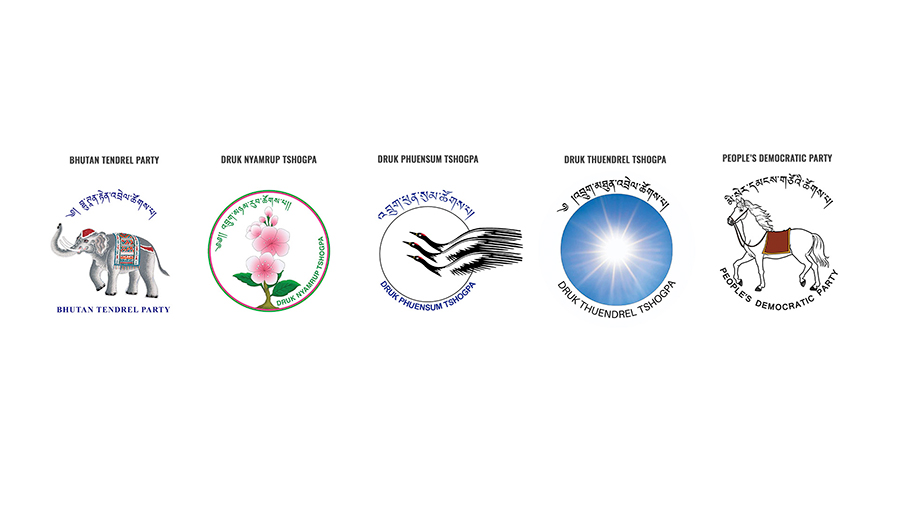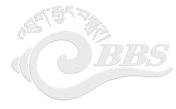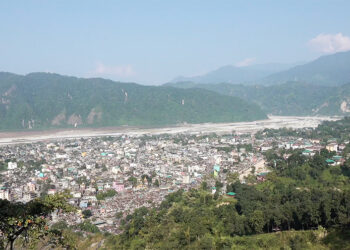
From achieving full employment to propelling the country to a high-income nation to increasing Foreign Direct Investments, the five political parties vying for the prestige of the country’s fourth ruling party have laid out their plans to continue Bhutan’s economic recovery, post-pandemic. However, whether or not these grand promises would resonate with the masses, afflicted by the pandemic amidst the growing migration and falling foreign currency reserve, the poll day will stand witness to the genuineness of what political parties have on offer. Here is a highlight of what the five political parties have promised for Bhutan’s economic recovery.
The Bhutan Tendrel Party plans to propel Bhutan to a high-income nation by 2034 by expanding the size of economy to USD 10bn by harnessing what the party describes as Ju Nor Nga or ATIEM.
It commits to:
• Double the country’s GDP to Nu 500bn by 2029.
• Half poverty level and achieve full employment by 2029.
• Attract a minimum of USD 1bn in FDI by 2029
• Revise the SDF
• Implement a National Infrastructure Plan with an estimated investment outlay of Nu 50bn
• Initiate additional 8,886 MW hydropower projects and 578 MW solar power
• Generate annual earning of Nu 20bn from mines and minerals sector
Similarly, the Druk Nyamrup Tshogpa intends to accelerate economic growth. For this, the party pledges to:
• Achieve full employment
• Increase the share of manufacturing in the GDP to 15% by 2029.
• Raise FDI investment to Nu 100bn
• Increase private sector investment to over 50 per cent by 2029.
• Encourage entrepreneurship by exempting Business Income Tax for small and micro businesses.
• Target a 7 to 8 per cent annual growth rate in agriculture to GDP
• Generate an additional 3000 MW of hydropower and 500 MW of solar power
• Attract 150,000 dollar-paying tourists and 200,000 Indian tourists annually
• Start a Nu 5bn project to build 150 bridges
Likewise, the Druk Phuensum Tshogpa commits to achieve economic self-reliance and high-income status by 2035 with an economic growth rate averaging 8 per cent in the next 5 years. It also plans to:
• Start three new mega hydropower projects in collaboration with the Government of India
• Make the SDF more affordable.
• Increase private sector’s contribution to GDP to at least 50 per cent.
• Ensure complete internal road connectivity and build at least 13 additional alternate routes.
• Lower the existing interest rates on loans in consultation with RMA.
• Promote Bhutan as a premier Meetings, Incentives, Conferences, and Exhibitions (MICE) destination.
The Druk Thuendrel Tshogpa, through its economic philosophy of what the party describes as the Sunomics aims to achieve a USD 10 billion US dollar economy in the next 10 years.
They also pledge to:
• Generate an annual revenue of USD 500 M from tourism by the third year
• Maintain GDP contribution of 20 per cent from agriculture
• Start 500 MW of pump storage and solar projects
• Target 20 per cent contribution to GDP from the manufacturing sector
• Source green financing of USD 1bn in 10 years
• Establish Green Channel for FDI over Nu 100M.
• Increase mining sector’s GDP contribution to Nu 15bn annually by 2028
• Increase GDP contribution from manufacturing sector to Nu 20bn by 2028
• And raise USD 1bn to finance climate mitigation and adaptation activities.
Similarly, the People’s Democratic Party commits to achieve a 10-percent economic growth in the next five years by:
- Mobilizing Nu 15bn for macro-economic goals
- Increasing the country’s GDP to USD 5bn in the next five years.
- Increasing FDI inflow to Nu 500bn by 2029.
- Creating full employment during their term.
- Boosting private sector investment to 60 per cent in the next five years.
- Increasing contribution of manufacturing sector to GDP to 30 per cent by 2029.
- Increasing number of tourist arrivals to three hundred thousand annually.
- Developing five mini hydropower projects and a 500 MW solar farm.
- Set up a Nu 20 M agriculture or livestock project for a cluster of Gewogs.
Most of the registered political parties have committed to increasing the country’s Foreign Direct Investment.
They also have plans to enhance air transportation and look for feasible rail and water transportation in the country.
Deki Lhazom
Edited by Kipchu







